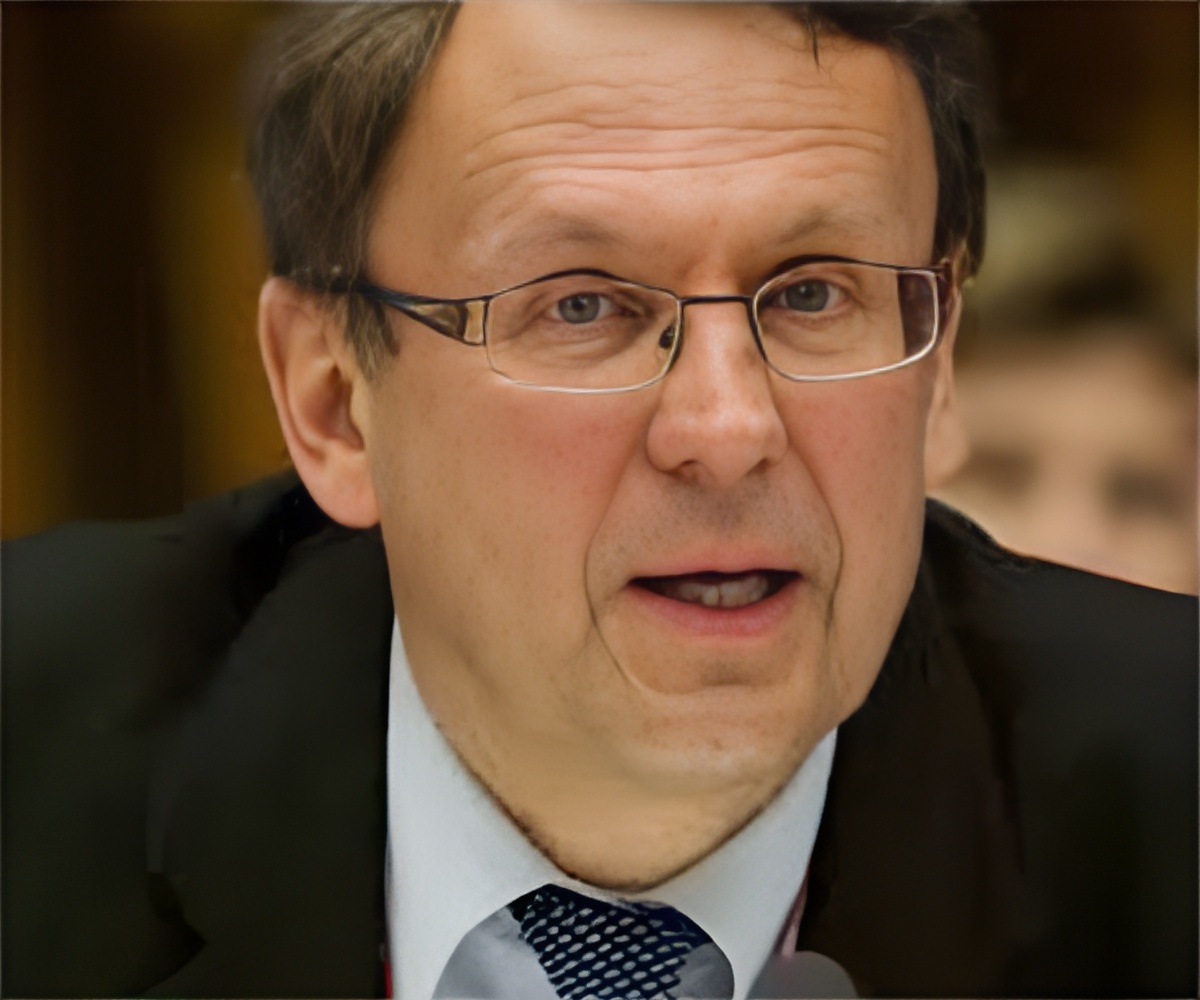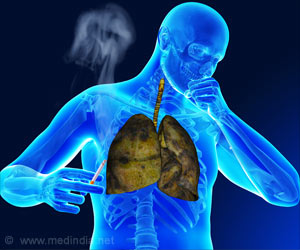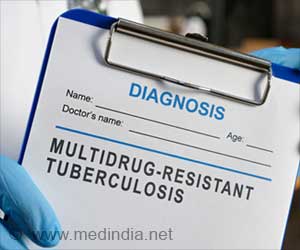Dr Mario Raviglione stressed that in the next 10 years cheap diagnostic tests, vaccines shorter treatment are made available, a decline of 17% can be achieved.

Dr Raviglione lamented that with about 5 million TB cases, as well as a huge number of drug resistant TB cases, the Asia Pacific region carries two-thirds of the global TB burden. So TB has to be a high priority issue in all Asia Pacific countries and they need to act promptly through adoption and adaptation of WHO's End TB strategy 2016-2035. The vision of the End TB strategy is a world free of TB (zero TB deaths, zero TB disease, zero TB suffering) and its goal is to end the global TB epidemic (less than 10 cases per 100,000 population) by 2035.
Dr Raviglione said that the WHO End TB Strategy essentially consists of 3 pillars--integrated, patient-centred TB care and prevention; bold policies and supportive systems; and intensified research and innovation.
He explained, "The first pillar talks about basics of TB strategy, along with innovations like the drug susceptibility test (DST) to be prescribed for every person with TB on day one itself and not to be postponed for later. This means putting appropriate systems in place and expanding use of rapid molecular diagnostic tools. But many countries have yet to understand and appreciate this. We also have to proactively reach out to, and screen, high-risk populations, including those who present with diabetes or HIV (as they are more prone to TB risk). We also need to provide prophylaxis to at least people living with HIV (PLHIV) and the children contacts (below 5 years of age) of TB patients. But other high-risk groups should also be considered for prophylaxis."
"The second pillar talks of universal coverage or universal access to TB services and social protection. A person should be able to access TB diagnostics and treatment without catastrophic expenditure - either free of charge or through some health insurance system. Universal access has to be accompanied by social protection. TB treatment lasts long, making people poorer in the process as they lose their income and also increase their medical expenses. Governments must ensure that TB patients are in the list of those who are entitled for social protection. Another important thing is to have mandatory notification of all TB cases."
"The third pillar is about intensified research. This requires national research agendas so that the different research institutes can collaborate and avoid duplication, especially in case of operational research. Unless we address all of these issues we will not be able to implement the WHO End TB Strategy."
Advertisement
But the million dollar question is how do we achieve this when currently the global annual rate of decline of TB incidence is a mere 2%?
Advertisement
Dr Raviglione also spoke about the changing paradigms in the realm of TB care and control as the era of MDGs comes to an end, making way for the SDGs: "From halting TB to ending TB and ultimately eliminating it; placing at the centre all people vulnerable to or affected by TB; translating quest for equity and social justice, through universal health coverage and social protection; rapid introduction of innovations such as new tools, policies and systems; and, above all, the ‘all of society’ and not just ‘all of government’ approach to end TB.”
Low TB incidence countries in the Asia Pacific region, like Australia (12,000-13,000 TB cases per year with an incidence of 5.6 per 100,000 people) have an important role to play too in controlling TB, feels Dr Raviglione. “Australia should aim to eliminate TB from the country altogether by focussing more on high risk groups like immigrant population - by not only testing them but also giving them prophylaxis - and also work internationally for control of the disease and in research.”
Dr Raviglione also made a point about the benefit of investing in TB control as currently the gain is $30 for every $1dollar spent on TB control, which is likely to rise to a return of $43 for every $1 spent once the 2035 targets are met. So governments will have to rise to the occasion and take appropriate action by making available necessary funds and show the political will to incorporate the new tools, including universal access to services and social protection, in their national TB control programs. Only then will we be able realize the dream of a TB free world.
Source-Citizen News Service(CNS)-Shobha Shukla














